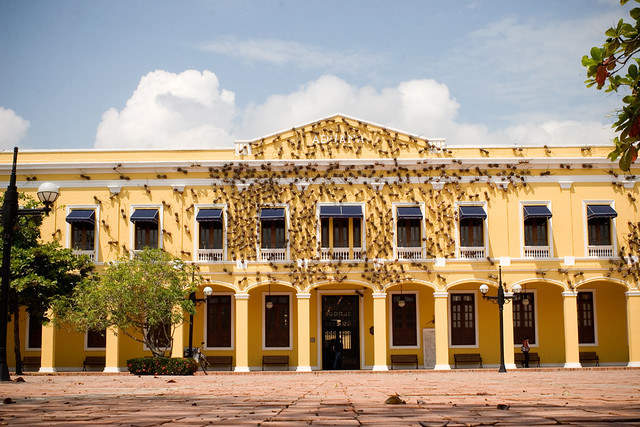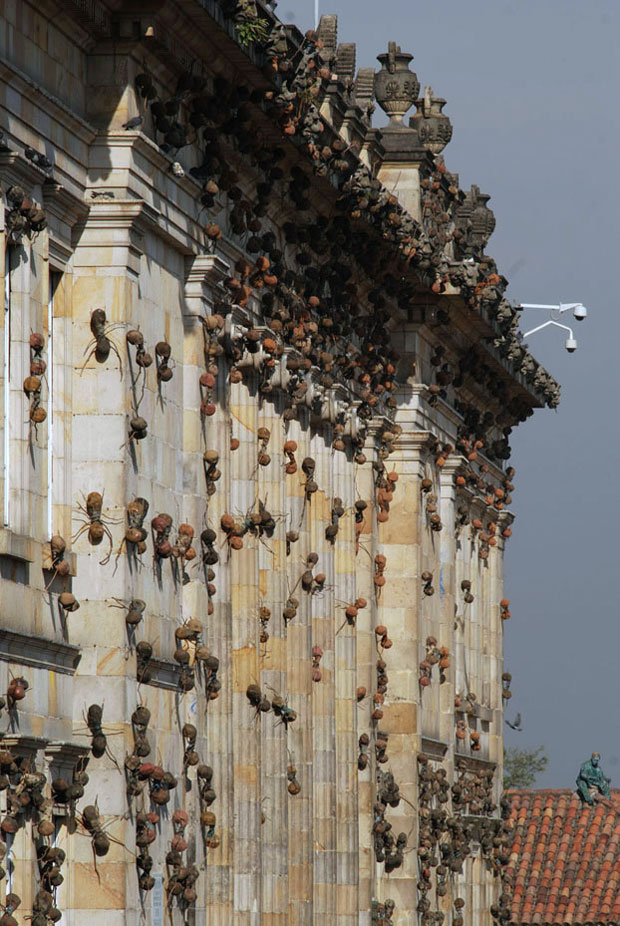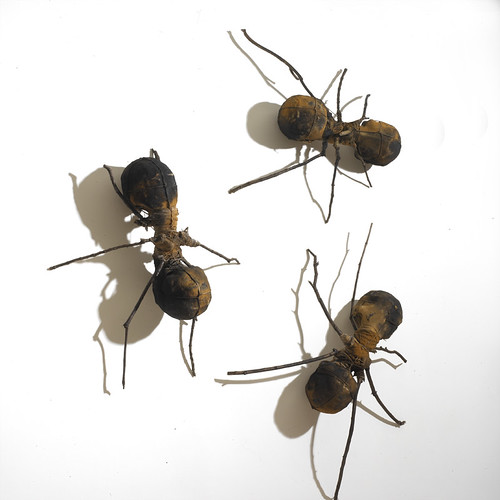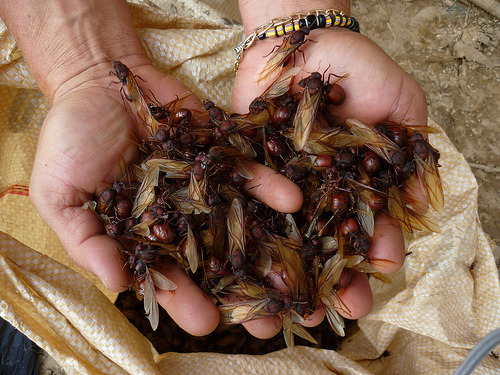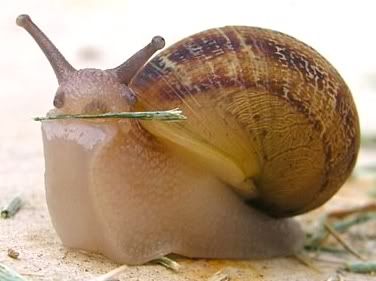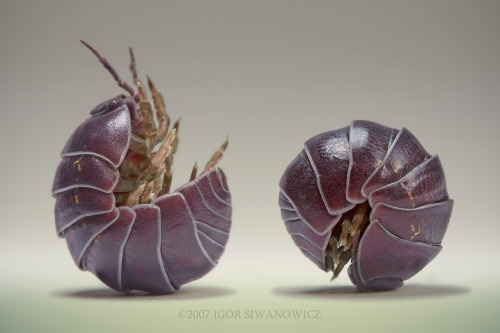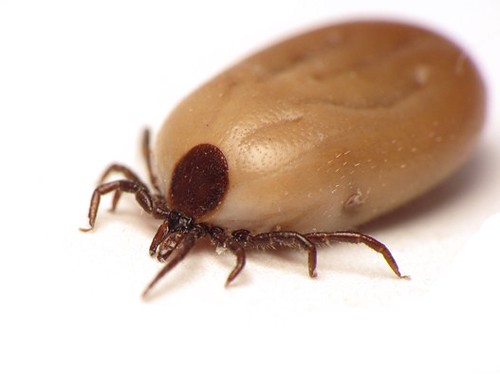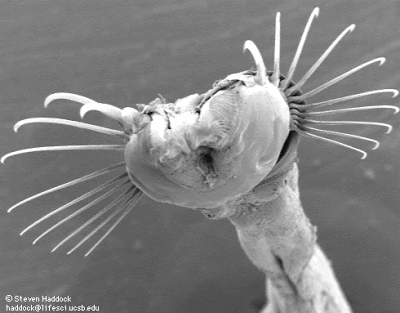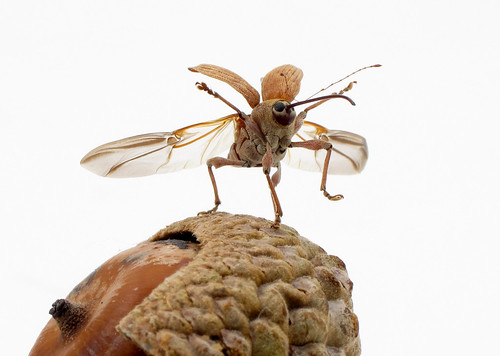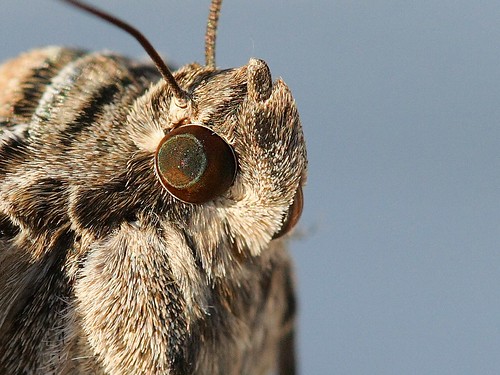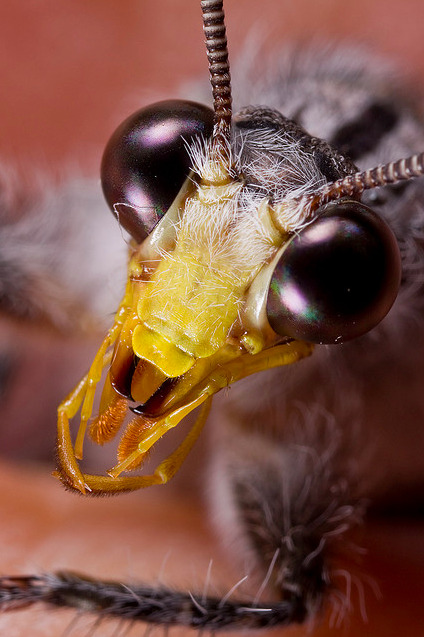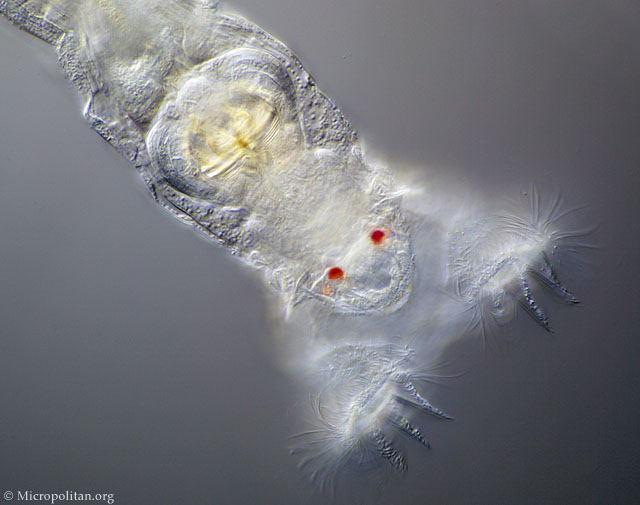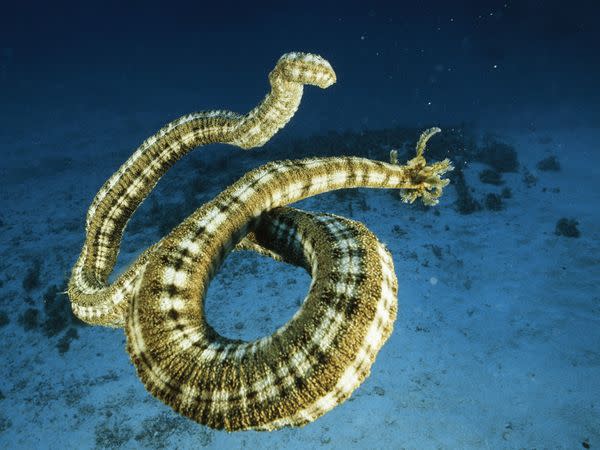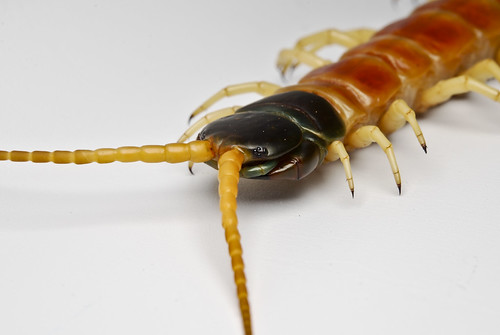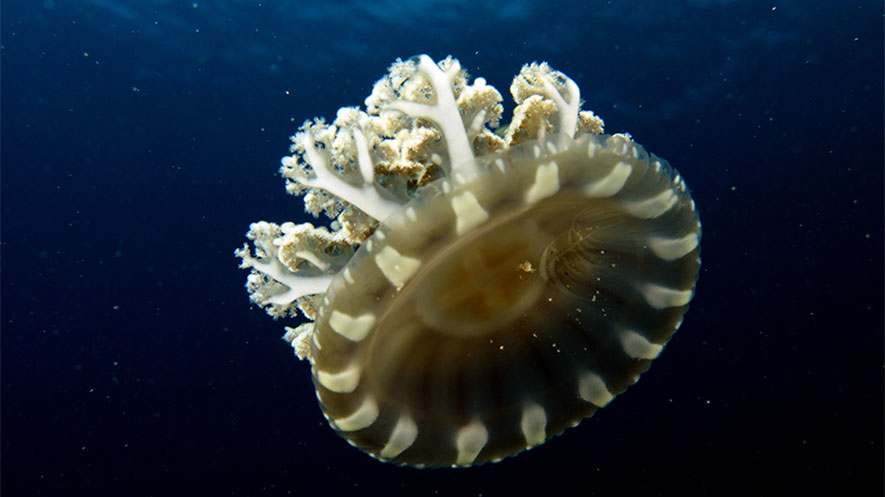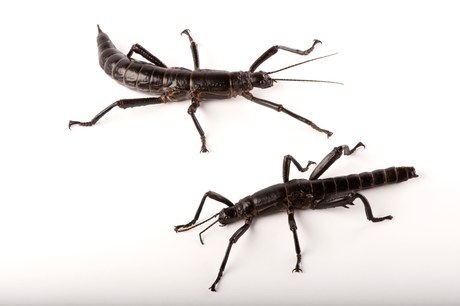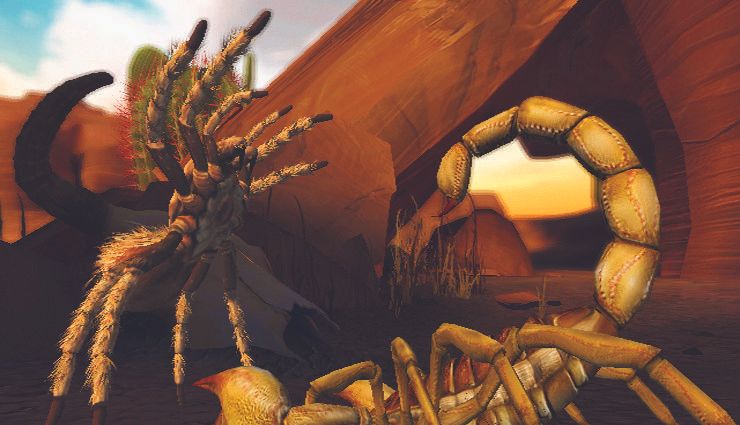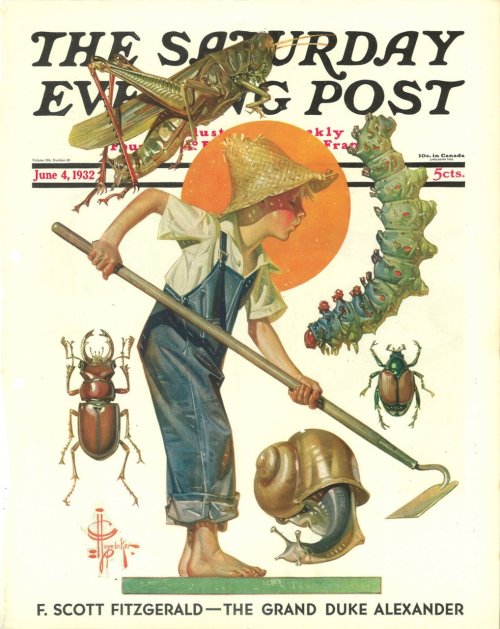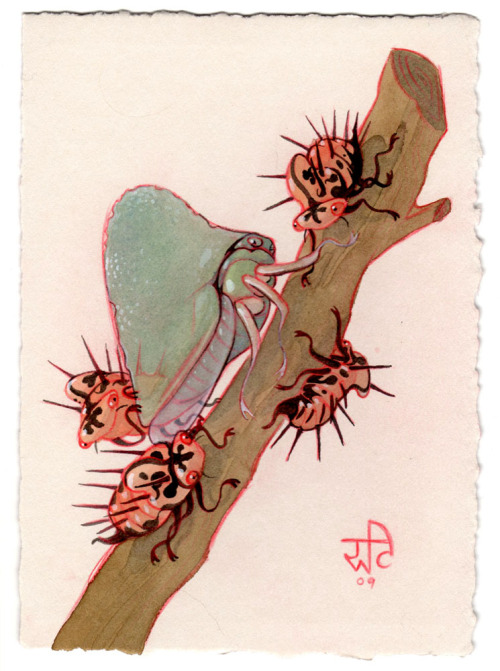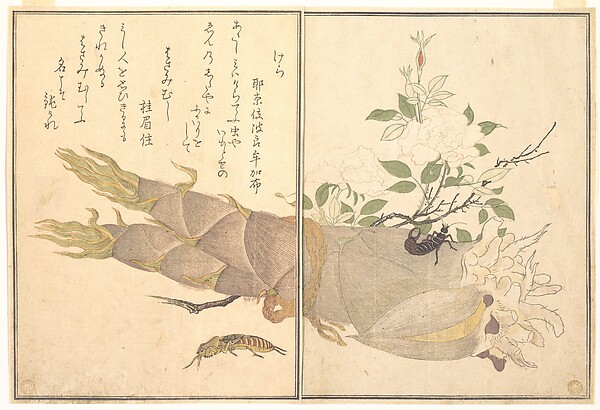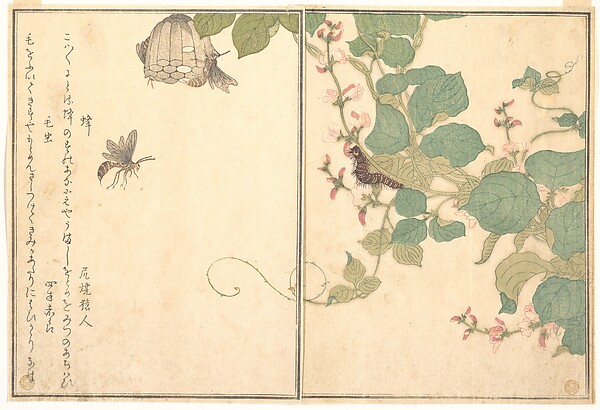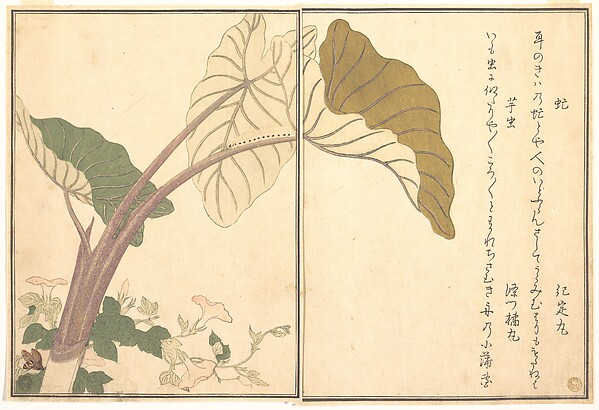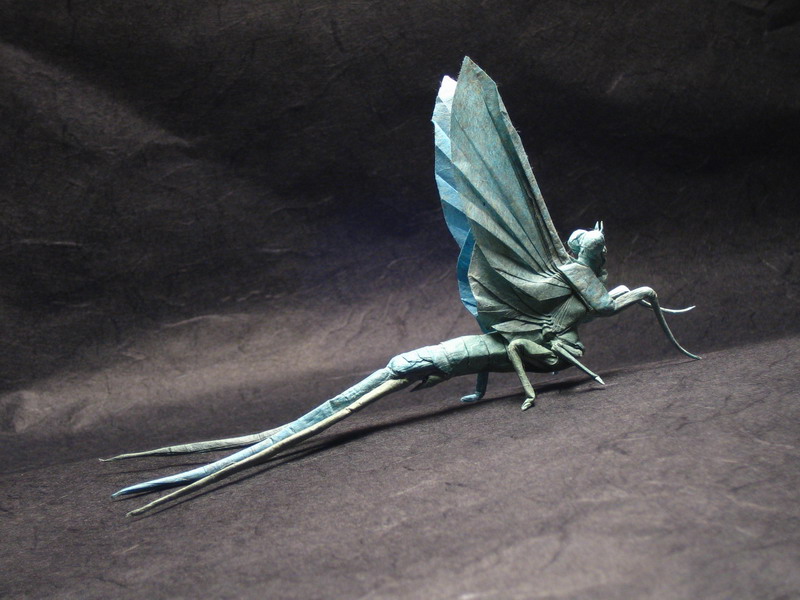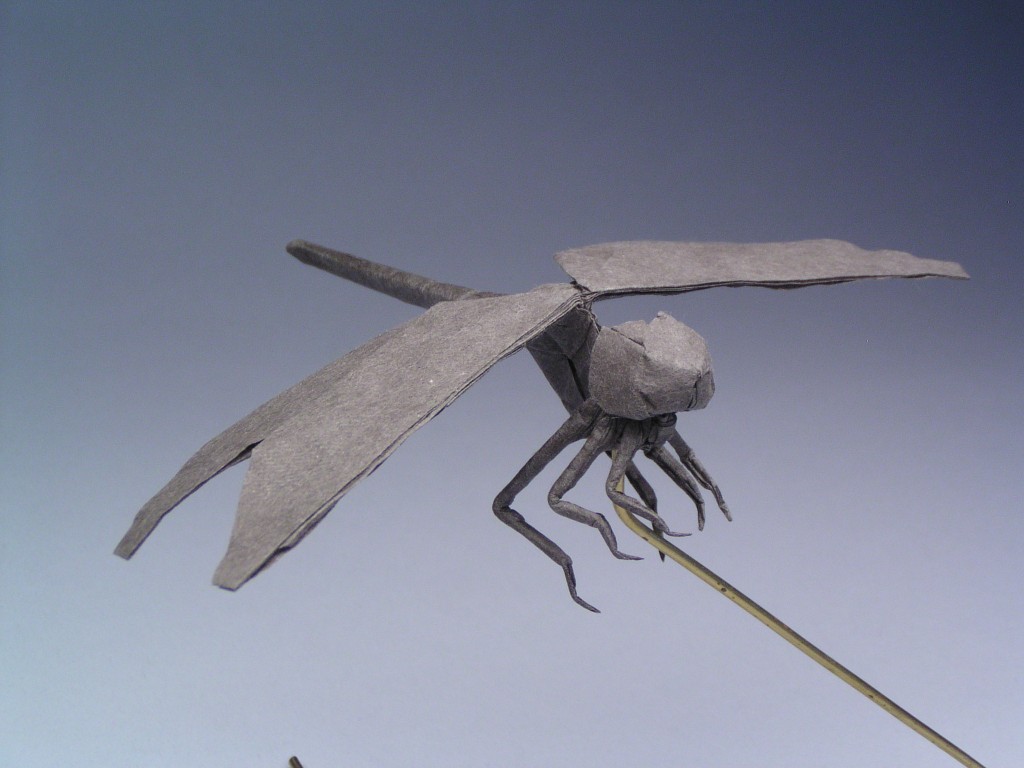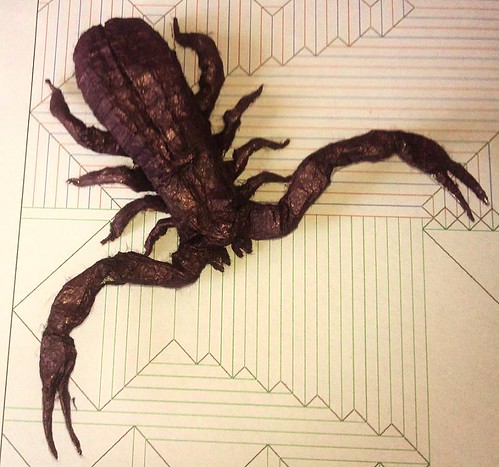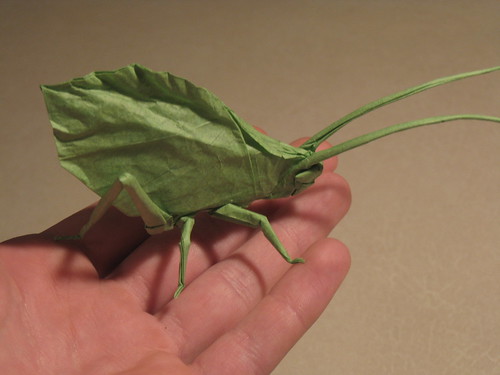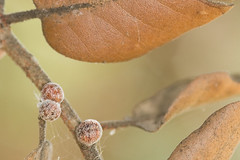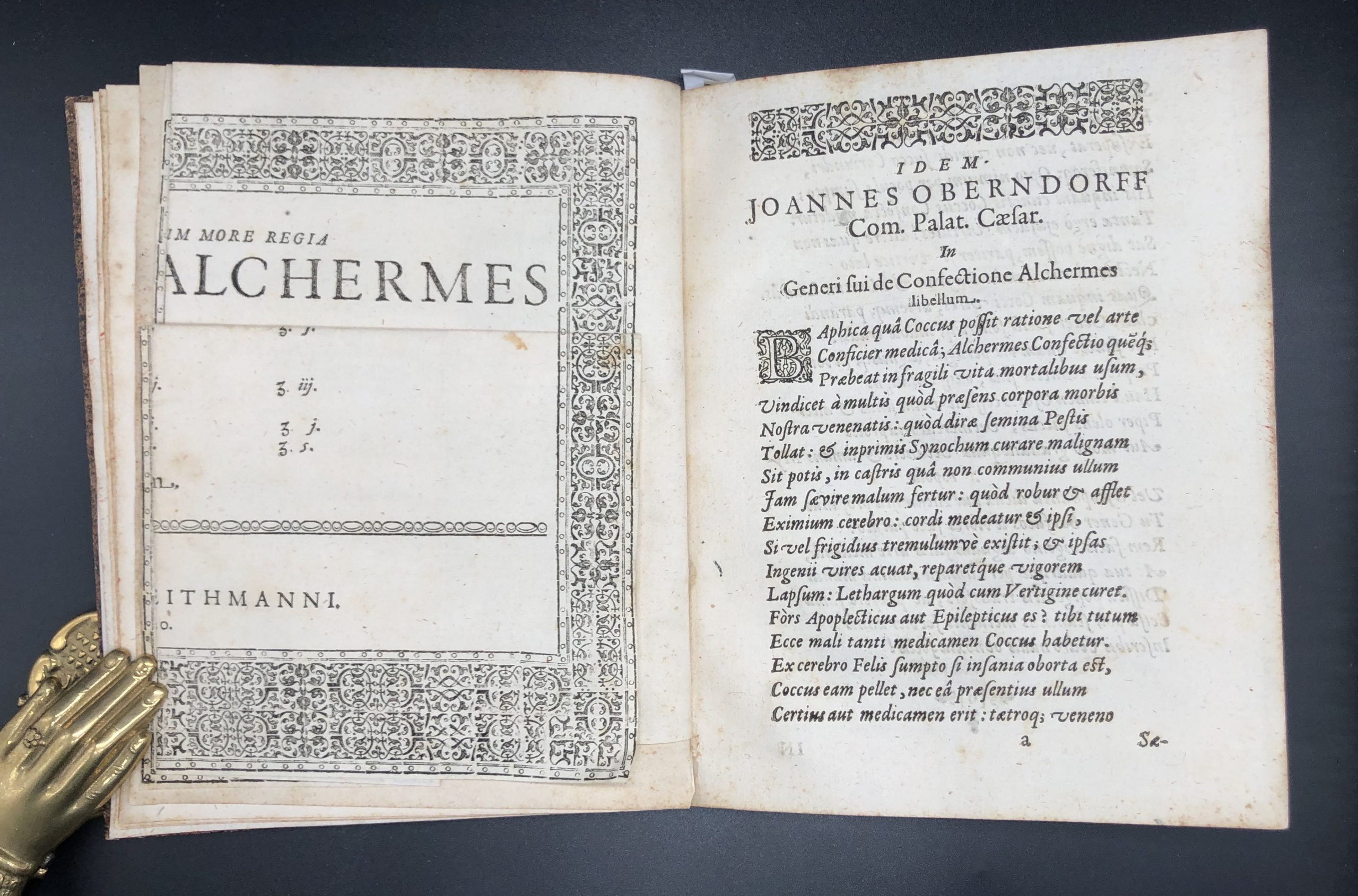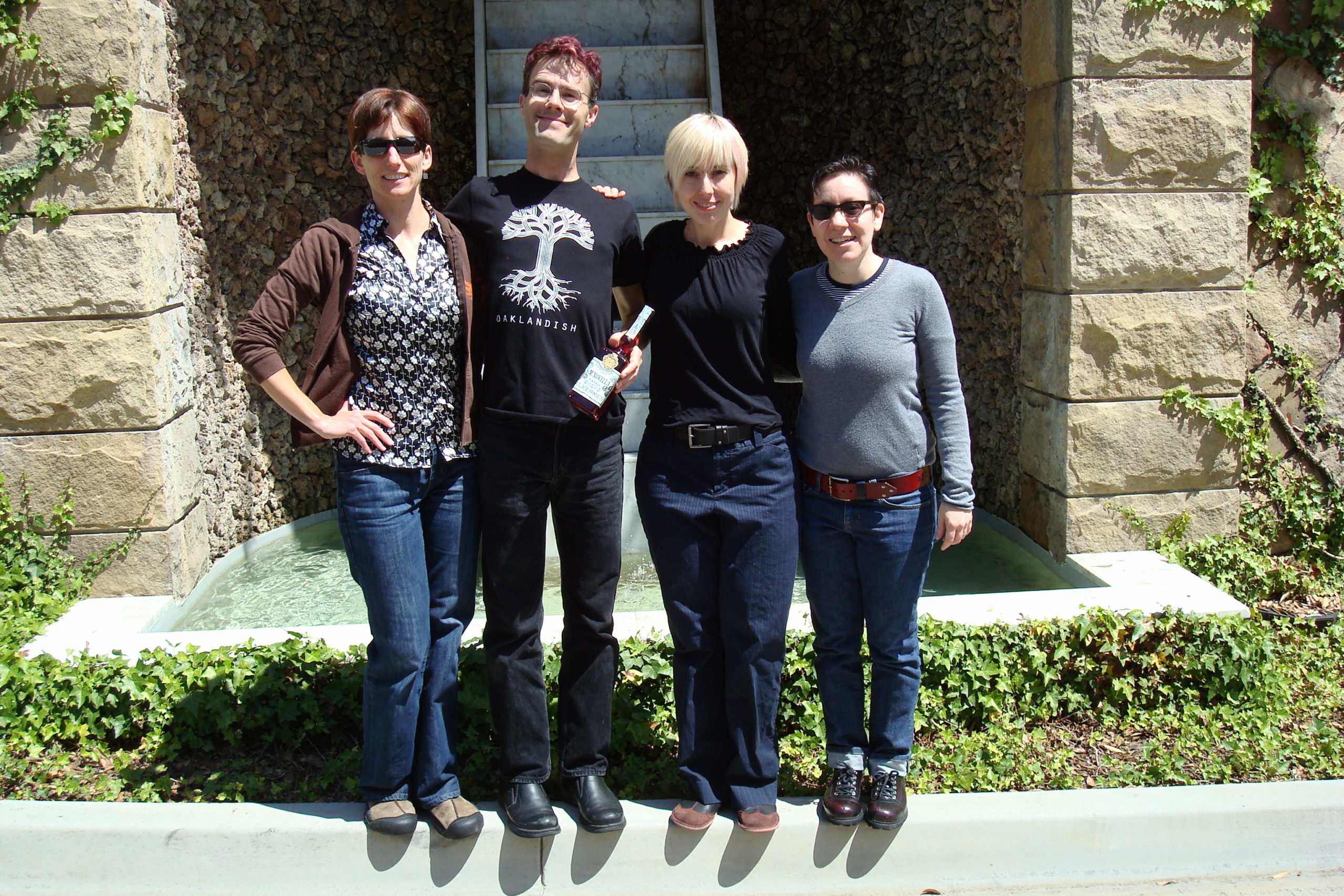After reading my series of holiday posts on galls, my friend Karima excitedly reminded me of one of the earliest forms of gall art: INK! And this month we finally made some!
Karima Cammell owns and operates Castle In The Air, a cornucopian cabinet of fine-art supplies, hand-bound journals, quill pens, and unique inks from around the world. Not only is it a showcase of craft materials, the store also boasts a gallery of other artists from their many workshops, including Karima’s own beautiful ink paintings.
She already had a supply most of the ingredients: My job was to bring some local oak galls and rainwater. We could have easily used distilled water, but when you’re making a recipe that’s thousands of years old, there’s a certain joy in getting as archaic as possible.
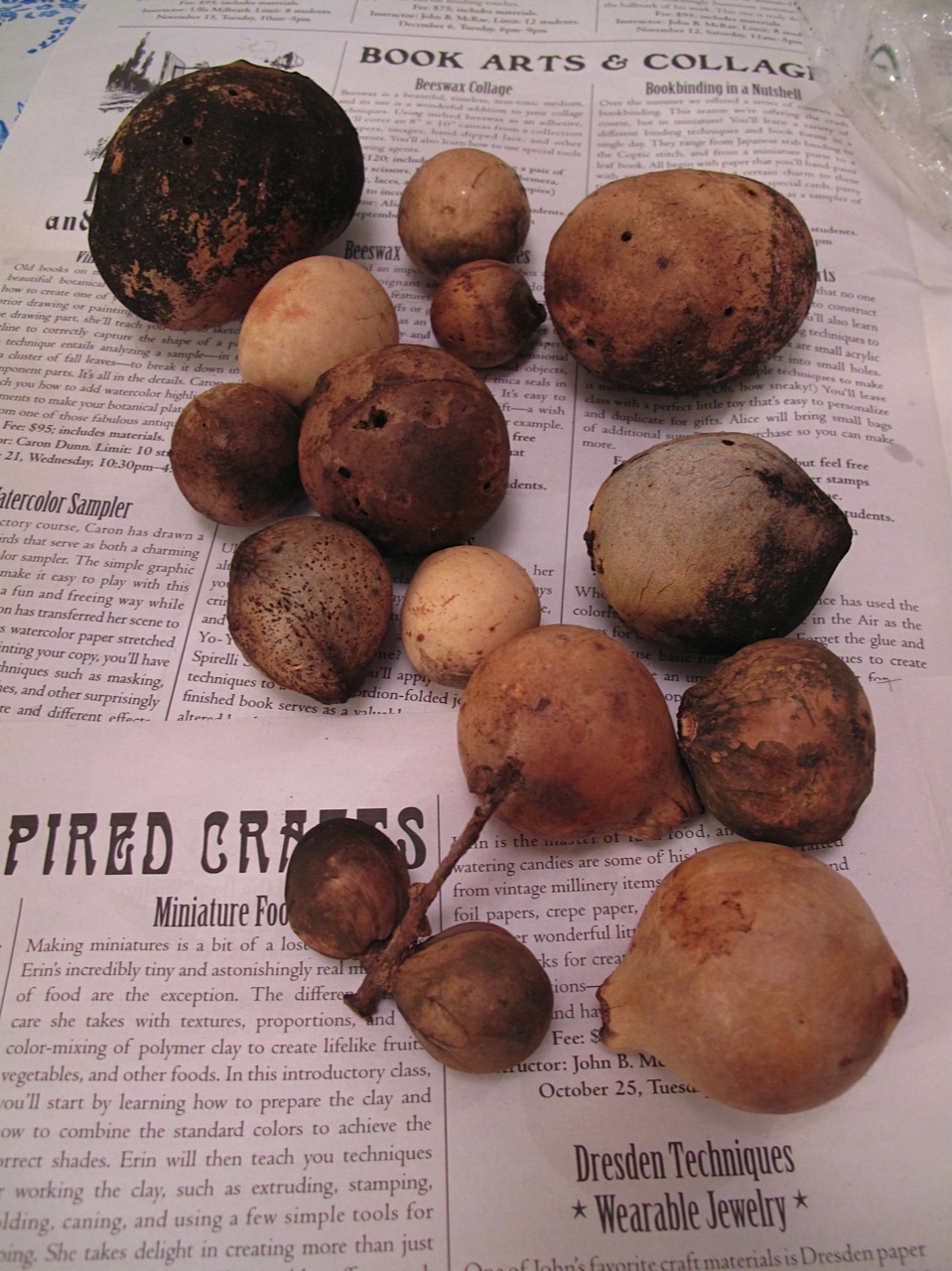
Apple Galls from California coast live oak. Photo by Karima Cammell
I collected the oak galls on a rainy weekend in Marin County, near some particularly gall-besotted coast live oaks- Oak apple galls are huge and pithy, often as wood-hard as the trees they grow on. Pocked around the surface are tiny holes, created when the newly emerged adult takes off to mate, lay more eggs in oaks, then expire. Interestingly, some of the holes might also have been created by wasps called inquilines– gall wasps that find another wasp’s gall, and lay their own eggs as well, to grow into uninvited tenants.
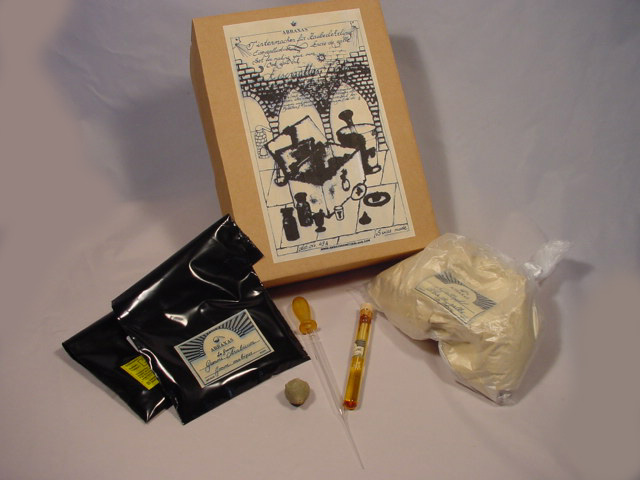 After collecting a handful of these beautiful sculptures, it was time to visit Karima, and pummel them into powder. The ingredients Karima used came from a kit made by Abraxas in Basel, Switzerland. As it turned out, the kit also contained a large bag of pre-ground oak galls. Gallotannic acid is the essential compound for making good ink. It can be found everywhere in nature, from tree bark, chestnut wood, even pomegranate peels. But gallotannins are crazy-concentrated in wasp galls. Just for fun, we decided to add some of our local wasp galls to the mix, helpfully ground to dust by Karima’s daughters, who were on hand to assist, learning about wasp galls as they went.
After collecting a handful of these beautiful sculptures, it was time to visit Karima, and pummel them into powder. The ingredients Karima used came from a kit made by Abraxas in Basel, Switzerland. As it turned out, the kit also contained a large bag of pre-ground oak galls. Gallotannic acid is the essential compound for making good ink. It can be found everywhere in nature, from tree bark, chestnut wood, even pomegranate peels. But gallotannins are crazy-concentrated in wasp galls. Just for fun, we decided to add some of our local wasp galls to the mix, helpfully ground to dust by Karima’s daughters, who were on hand to assist, learning about wasp galls as they went.
So in case it wasn’t clear by now, iron gall ink is a freaky-old recipe. Bach used it for his compositions. Da Vinci doodled with it. The constitution of the United States was drafted with it. Heck, the Dead Sea Scrolls were written with iron gall ink. The ingredients list for Iron Gall Ink is therefore fittingly mysterious-sounding:
- Oak galls, milled or pulverized 90 gr
- Rainwater or distilled water 400 ml
- Gum Arabic, pulverized 10 gr
- Vitriol (Ferric II Sulphate) 30 gr
- Red wine 3 table-spoons
Though the list reads like an exotic magical potion, they were all common and readily-available ingredients in many parts of the ancient world thanks to trade and industry. Here’s a great breakdown on the origins of gall ink ingredients. In fact, now’s as good a time as any to mention the informative awesomeness that is the Iron Gall Ink Website. It goes deeper into the chemistry and archival preservation, and is well worth a look.

Urn as you learn. Photo by Karima Cammell
The first order of business was the most immediately satisfying. 90 grams of beige powdered oak galls and 30 grams bright green iron sulphate were placed in a ceramic urn, and the the water is added. Instantly the mixture became an opaquely dark purple-black, creating a black insoluble octahedral complex known as ferric pyrogallate. According to Abraxas’ wonderfully medieval instructions, we were to “strew it with an iron staff, adding the rest of the water and red wine.” Afterwards the gum arabic is added to keep the pigment suspended in the liquid. The mixture is left to ferment for a few days in a warm place, “stirred hourly”. None of us had a proper “iron staff” on hand, but I brought a giant railroad spike as a helpful substitute.

Bottles fit for an imp. Photo by Karima Cammell
After a few days of waiting and patient stirring, the ink was ready to put into bottles! The deep-purple mixture was carefully poured into several small vials, and into each was added several drops of clove oil, to prevent mold from developing. Afterwards we all sat down for another fun event: making labels! A delightful assortment of quills, nibs, labels and sealing-waxes were brought forth. The daughters came up with the title “Oak Wasp Ink Supply” for our newly created ink consortium. My handwriting was the least legible- I’ve always been terrible with penmanship, but I didn’t care- nothing is more fun than making mongoose-scrawls with your own handmade ink! The ink flowed from our nibs as a deep purple, oxidizing to a dark rust-black once it dried on the paper.
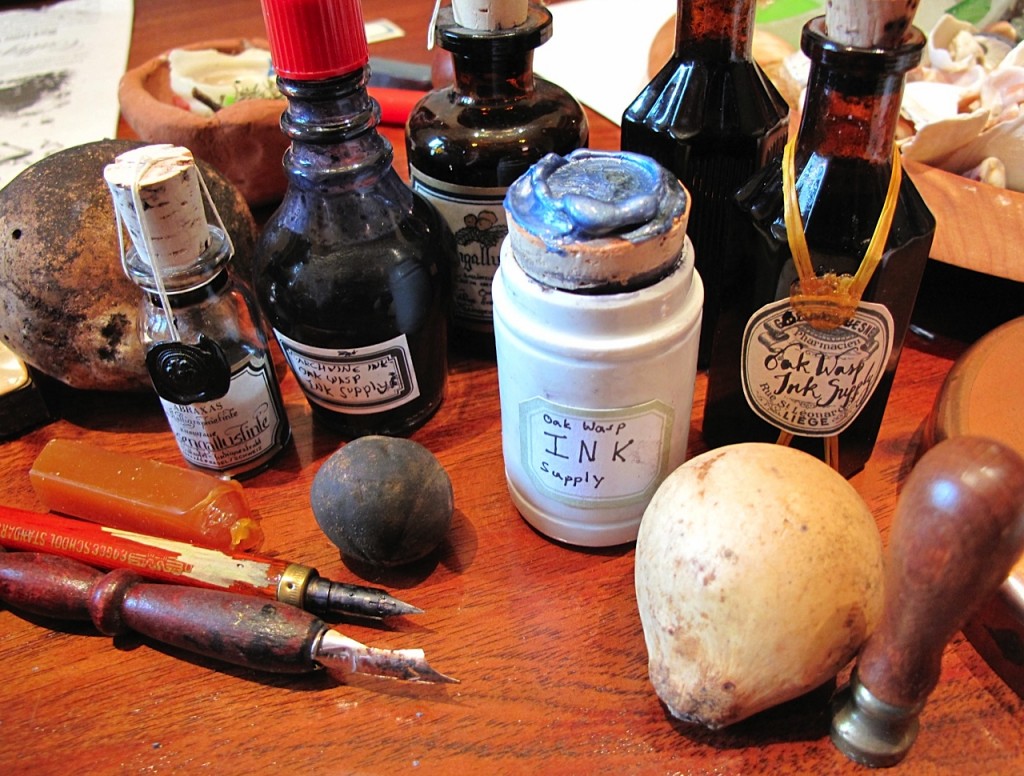
Selection of fyne products crafted by Oak Wasp Ink Supply. Photo by Karima Cammell
As we were all seated about the large project-table making labels, one of the daughters noticed some “flies” on the other oak apple galls I had left for them.. It appears some of them were still emerging! The nearly-invisible creators of our ink had made an appearance. We found at least 4 tiny gall wasps, coming from the two fresher-looking galls I had brought. Under a loupe we could see their own inky-dark exoskeletons highlighted in beautiful glittering iridescent green. A visitation by living calligraphic faeries.

Newly-emerged oak gall wasp, cleaning its antennae. Photo by Karima Cammell
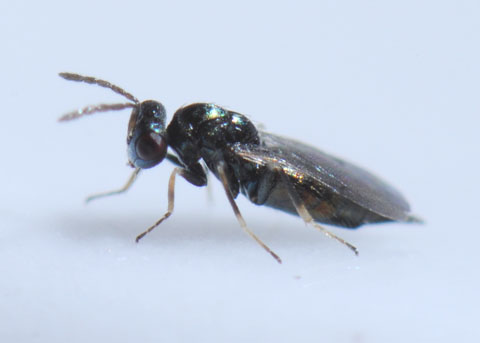
A similar-looking gall wasp to the one we found. Ours was prettier. Photo by Peter J. Bryant
Now what to do with my new bottles of ink? Perhaps I’ll take one of these classes and put them to good use! 




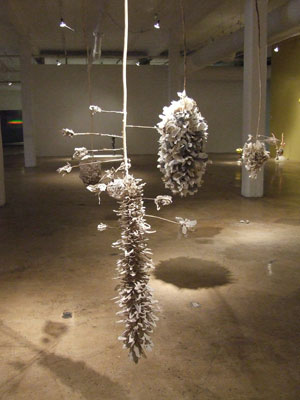
![]()


